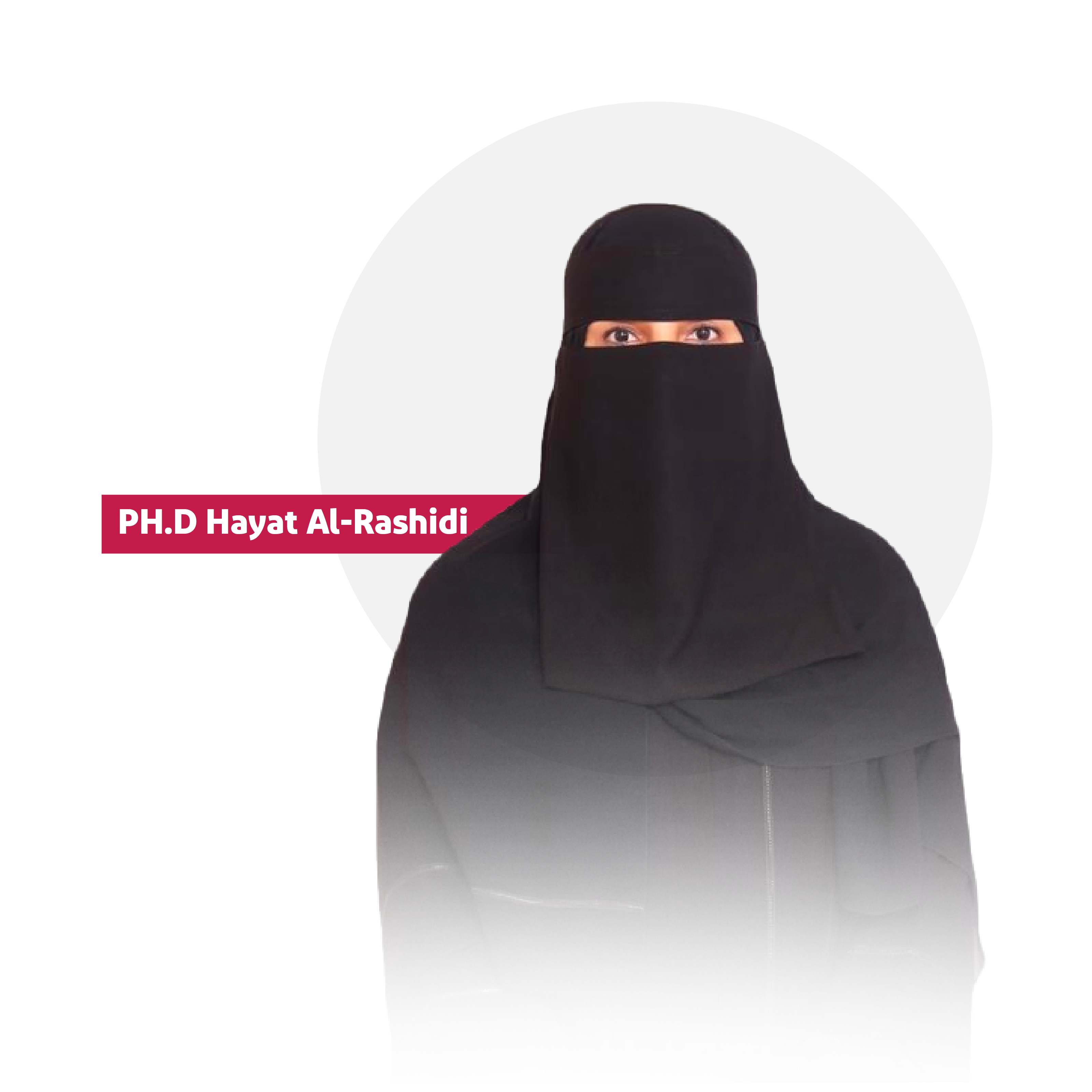
Forced Displacement, Alienation and General Mobilization
An official document leaked from the Iranian presidential office in 2005 revealed the systematic settlement of ethnicities in Ahvaz, most notably the Persians, Lurs, and Bakhtiars.
The document stipulates the displacement of half of the population of Arab regions, replacing them with Persians to change the demography of the region, thus revealing the time of Arab suffering that continued under the Iranian regime, which took over the reins of power after the Khomeini revolution in 1979.
In its content, this document aims to deprive their regions of development, the policy of racial discrimination and “transfer” practiced against them and the Iranian authorities prohibiting parties and currents from working in accordance with legal frameworks and preventing Arabs from participating in the political process, except for those whose loyalty to the regime is proven.
The director of the Ahvazi Center for Media and Studies, Hassan Radhi, who resides in London, points out that the journey of Arabs suffering began since the fall of “Arabistan”, when Reda Pahlavi demolished the Arab urban landmarks and schools, divided the region and annexed some of its lands to the provinces of Ilam, Fars and Isfahan.
Black Wednesday Massacre:
The changes that took place on that day constituted an important turning point in the course of Ahvazi revolution, in which they were subjected to a comprehensive bloody liquidation at the hands of the Persian military formations on land, sea and air, and security and militias formed by the Persian settlers in Ahvaz.
On the night of 29 May 1979, the city of Muhammarah and some Ahvazi cities were the scene of the largest bloody battles. Persians were killing Ahvazi children, women, men, elders and youth. More than two hundred were martyred on that day, in addition to wounded men, women, and children.
Battles broke out in Ahvaz on a large scale! Iranian authorities imposed a state of emergency in the oil port of Muhammarah after fierce fighting and street wars between Ahvazis demanding self-rule, the navy and security forces and the militias of the Revolutionary Guards (Kometat – Khomeini’s Guard). Battles spread to the port of Abadan and the city of Suleiman Mosque, where hundreds of people were killed.
It was on Black Wednesday that they were monsters in the form of people walking earth…
It was reported that the Ahvazis took the initiative to attack police stations and the port, where they set fire to the headquarters of the Iranian Navy itself, set up barricades and barriers in public streets that completely paralyzed traffic, all in response to the Persian Revolutionary Committees attacking the headquarters of the Arab Political Organization.
On that Wednesday that was described as black, the Persian-Iranian authorities pushed armored vehicles into the heart of the city of Muhammarah, to crush Ahvazi resistance fighters, who were described by the Persian authorities affiliated with the repressive revolutionary committees as agents of colonialism!!!!!!
Since the occupation of their land by Persia in 1925 and the end of the tragic revolution of Sheikh Khazal Al-Kaabi, until the events of 1979, Ahvazi people witnessed those events that made them struggle for their land and stability, national salvation and liberation from the clutches of the racist Persian occupation.
And the result….
The preparation to suppress any successive, continuous Ahvazi revolutions was continuous. An official stated that there are popular organizations in Ahvaz that call for self-rule, and that they emerged secretly during the rule of Shah Muhammad Reza Pahlavi and his father and that any measures on their part must be confronted with repression and the region should be emptied of its “Ahvazi Arab-Sunni” national character. Those organizations still exist after the Iranian revolution, including the (Popular Arab Organization), (Arab Mujahideen Organization), (Arab Cultural Complex) and (Political Organization of Ahvazi Arab People).
Several currents have emerged after these bloody events, bearing the banner of defending the rights of Arabs in Iran and restoring the freedom of the region, through what they declare to be independence from the “Persian occupation”. Among the most prominent of these currents are the Arab Front for the Liberation of Ahvaz, which was founded in 1980, and the National Liberation Movement of Ahvaz, which was launched 6 years later, in addition to People’s Democratic Front and Arab Struggle Movement for the Liberation of Ahvaz.

